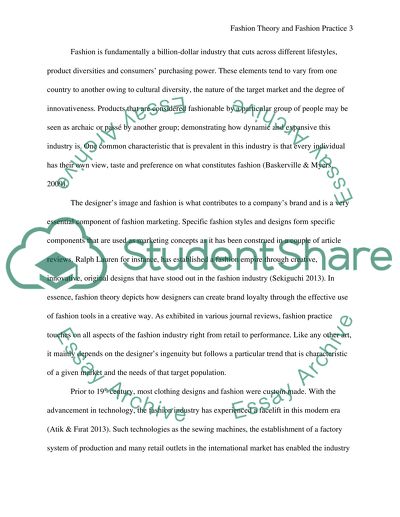Cite this document
(“Fashion Theory And Fashion Practice Literature review”, n.d.)
Retrieved from https://studentshare.org/design-technology/1665365-fashion-theory-and-fashion-practice
Retrieved from https://studentshare.org/design-technology/1665365-fashion-theory-and-fashion-practice
(Fashion Theory And Fashion Practice Literature Review)
https://studentshare.org/design-technology/1665365-fashion-theory-and-fashion-practice.
https://studentshare.org/design-technology/1665365-fashion-theory-and-fashion-practice.
“Fashion Theory And Fashion Practice Literature Review”, n.d. https://studentshare.org/design-technology/1665365-fashion-theory-and-fashion-practice.


